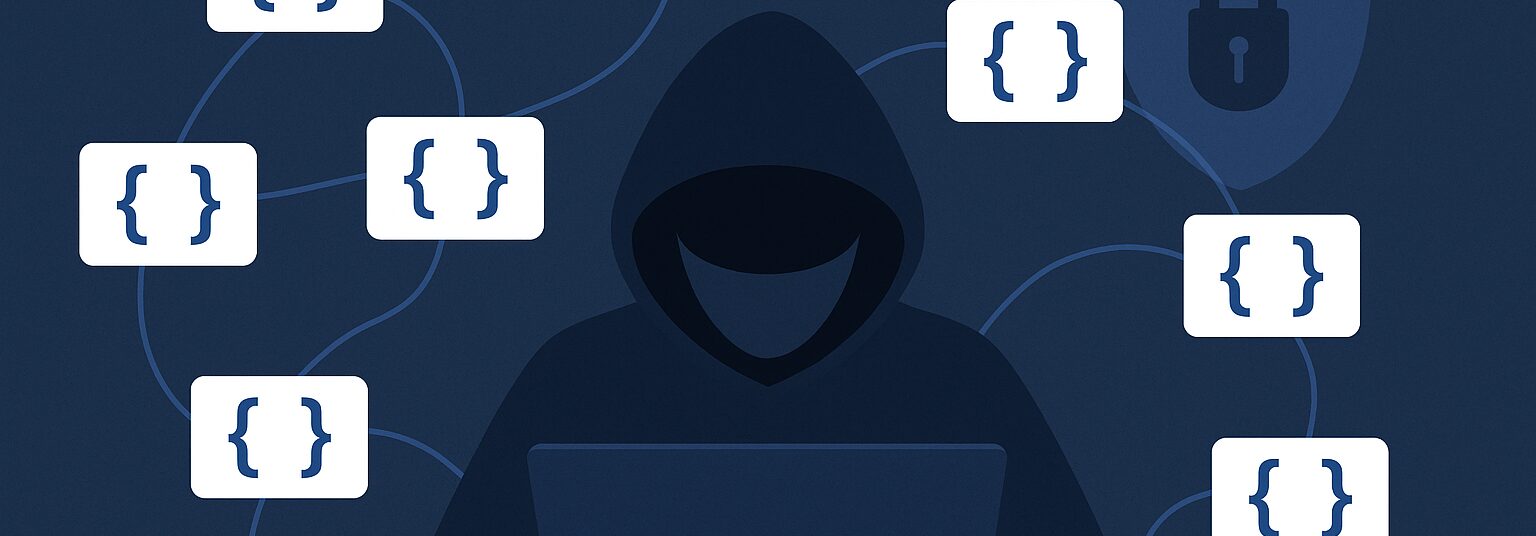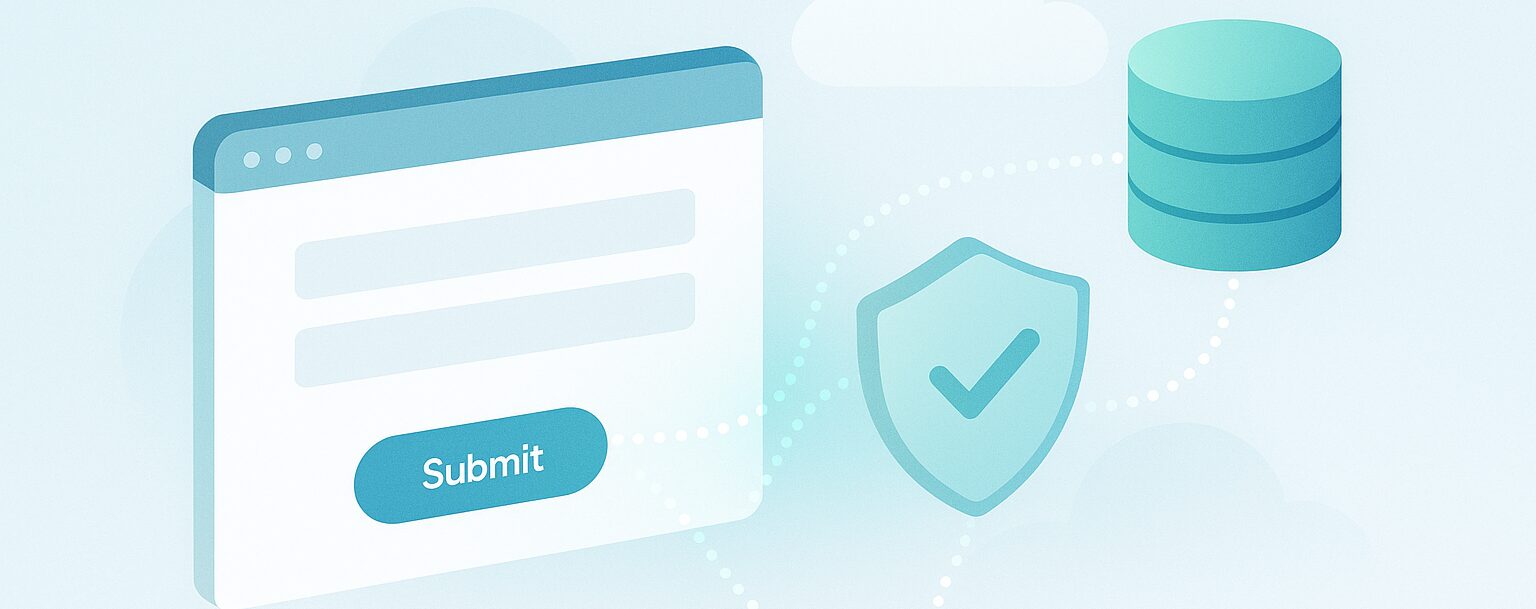Tokens are one of the most powerful features in Marketo — they make emails dynamic, scalable, and easy to manage across campaigns. But every now and then, you might come across a head-scratcher: an email goes out, and certain tokens simply don’t populate. No default value. No text. Just… blank space.
We recently came across a real-world scenario where this happened — and the cause wasn’t a rendering bug or a security filter. It was something much simpler: program context.
The Situation
A marketing team sent an autoresponder email. The program sending the email was set up correctly, the activity log looked fine, and the first name token in the greeting rendered without a hitch. But other tokens — the ones driving key dynamic content — were missing entirely.
The twist?
The email lived in a different Marketo program than the one that actually executed the send.
Why This Happens in Marketo
Here’s the key: token replacement happens server-side before the email is sent. Once the email leaves Marketo, the recipient’s email client never even “sees” the tokens — only the rendered content.
So if tokens don’t populate, it’s rarely a case of them being “blocked” on the receiving end.
Instead, it’s usually that the program sending the email doesn’t have access to the right tokens.
In this case, the email was referencing program tokens from a different program. When the sending program didn’t have those tokens defined, Marketo simply left the spaces blank.
The Fix: Mind the Program Context
If you’re pulling an email from another program — whether manually or via a flow step — you need to ensure the token context is preserved.
Here are some practical approaches:
-
Replicate Tokens Across Programs
-
If you often re-use emails across different programs, make sure the same program tokens exist in each one.
-
Keep a token reference sheet so nothing is missed when copying or reusing assets.
-
-
Use Executable Smart Campaigns Instead of “Send Email”
-
Rather than directly sending an email from another program, set up an executable smart campaign inside that program.
-
When you call the executable campaign, set the program context to “inherit from parent” so it pulls token values from the calling program.
-
This is especially useful if the tokens vary by campaign or audience.
-
-
Audit Token Dependencies Before Launch
-
Build a checklist that verifies all referenced tokens exist in the correct program.
-
If you’re using Velocity or script tokens, confirm they’re linked to the right data fields and are accessible in the target program.
-
Why This Matters
In many B2B nurture streams, transactional emails, or event follow-ups, tokens are critical for personalization and accuracy. A missing token doesn’t just look unpolished — it can reduce trust, hurt engagement, and even confuse the recipient.
At RightWave, we see this as part of a bigger best-practice conversation: when you standardize your Marketo program architecture and token strategy, you eliminate surprises, speed up execution, and reduce risk.
Final Takeaway:
Tokens will only populate if the sending program has access to them. When reusing emails across programs, either replicate tokens consistently or use executable smart campaigns with inherited context. It’s a small technical detail that can make a big difference in how your campaigns land with your audience.




